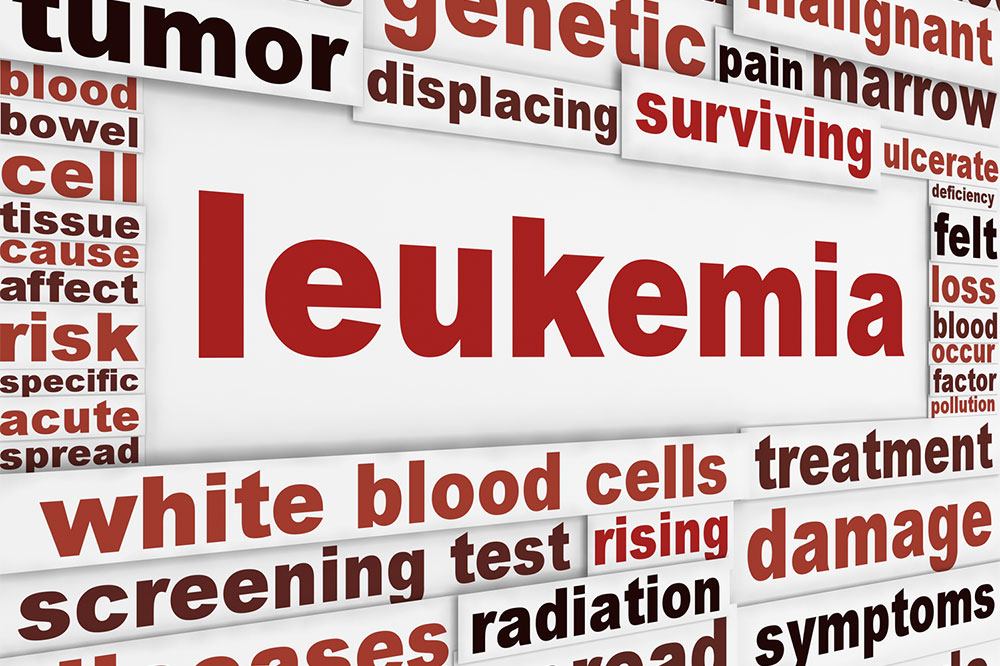Comprehensive Guide to Leukemia: Symptoms, Causes, and Risk Factors
Leukemia is a complex blood cancer affecting the bone marrow and white blood cells. This comprehensive guide covers its symptoms, causes, and risk factors, offering insights into early detection and prevention. Learn about the signs to watch for, underlying genetic and environmental influences, and steps towards better management of this serious disease, emphasizing the importance of awareness and timely diagnosis for improved outcomes.

Comprehensive Guide to Leukemia: Symptoms, Causes, and Risk Factors
Leukemia is a complex and serious blood cancer that originates in the bone marrow, the soft tissue within bones responsible for producing blood cells. This disease primarily targets white blood cells, which are vital components of the immune system. When leukemia develops, it disrupts the normal production and function of these cells, leading to a weakened immune response and other health complications. Understanding leukemia thoroughly involves examining its symptoms, underlying causes, and the various risk factors that influence its development.
Leukemia manifests through a wide array of symptoms, which can vary significantly depending on the specific type of leukemia — whether acute or chronic — and the progression stage. Some forms of leukemia exhibit subtle, non-specific early signs, making early diagnosis challenging, while others progress rapidly, presenting more overt symptoms. Recognizing these symptoms early can be life-saving and improve treatment outcomes.
Common early signs of leukemia include persistent fatigue and generalized weakness, often resulting from anemia caused by the decreased production of red blood cells. Patients may experience high fever, night sweats, or unexplained weight loss, which are indicative of systemic illness. Frequent infections are common because leukemia affects the production and function of healthy white blood cells. Bone pain and tenderness may also occur, stemming from infiltration of leukemia cells into the bone marrow. Swollen lymph nodes, especially in the neck, armpits, or groin, can be visible or palpable. Abdominal discomfort or swelling might be present due to enlarged spleen or liver, organs frequently affected in leukemia. Additionally, skin may display tiny purple or red spots called petechiae due to decreased platelet counts, which lead to easy bruising and bleeding tendencies.
When leukemia involves the central nervous system, neurological symptoms can manifest. Patients may experience headaches, confusion, nausea, vomiting, seizures, or problems with muscle control and coordination. Since leukemia involves abnormal proliferation of cells, it can also damage other organs such as the lungs, heart, kidneys, and gastrointestinal tract, causing further health issues and complicating treatment.
Understanding the Causes and Risk Factors of Leukemia
Despite extensive research, the exact causes of leukemia remain largely unknown. However, scientific studies have identified several risk factors that increase the likelihood of developing this disease. The process of leukemia begins with genetic mutations in the DNA of a single bone marrow cell. These genetic alterations disrupt normal cell function, leading to uncontrolled growth and accumulation of abnormal blood cells. Over time, these abnormal cells can interfere with the production of healthy blood cells, resulting in the disease's symptoms and complications.
Multiple factors are believed to contribute to the risk of leukemia. Prior exposure to ionizing radiation, such as radiation therapy used to treat other cancers, can damage DNA and thereby increase leukemia risk. Certain environmental chemicals, notably benzene, are associated with higher incidences of leukemia; benzene is commonly found in gasoline, plastics, and industrial emissions. Occupational exposure to such chemicals is a significant concern, especially in industries involving chemical manufacturing or petroleum refining.
Genetic predispositions also play a crucial role. Individuals with inherited genetic disorders such as Down syndrome, neurofibromatosis, or Li-Fraumeni syndrome have a heightened risk of developing leukemia. A family history of leukemia or other hematologic malignancies further increases susceptibility. Additionally, lifestyle factors like smoking cigarettes elevate the risk of developing specific types of leukemia, notably acute myelogenous leukemia (AML). Previous cancer treatments, including chemotherapy and radiation therapy, can also predispose survivors to the development of secondary leukemia later in life.
Understanding these risk factors is essential for early detection, prevention strategies, and targeted interventions aimed at reducing the burden of leukemia worldwide. Continued research is vital to unravel the complex interactions between genetics, environmental exposures, and lifestyle choices that contribute to this devastating disease.
In conclusion, leukemia is a multifaceted disease with variable clinical presentations and diverse risk factors. Early recognition of symptoms and awareness of potential causes can lead to timely diagnosis and effective treatment, ultimately improving patient prognosis and quality of life. Advances in medical research and awareness campaigns are crucial in combating this life-threatening condition.





